- Home
- slideshows
- miscellaneous
- 11 smarter buys that can help curb your plastic bottle use - from a $32 reusable water bottle to a $210 filtration system
11 smarter buys that can help curb your plastic bottle use - from a $32 reusable water bottle to a $210 filtration system
A plastic-free, reusable water bottle

Alkaline water in (mostly) eco-friendly packaging
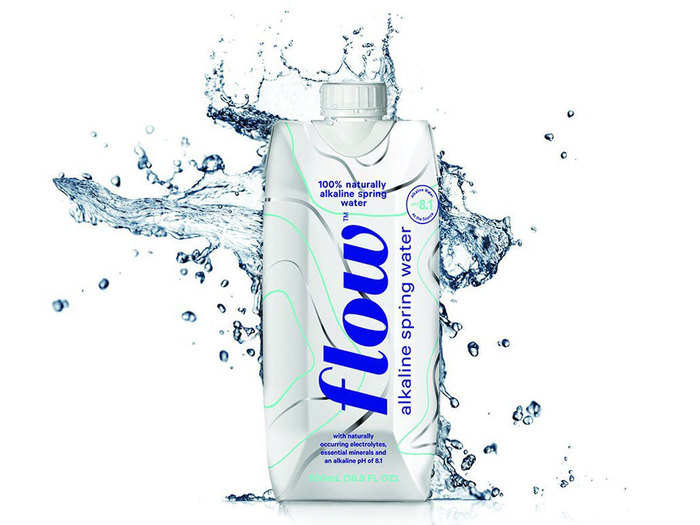
Alkaline water is a big hit these days, but most of it is presented to us in the form of pesky, ephemerally useful plastic bottles. Flow is not only made using 68% renewable materials, including a plant-based cap. Better yet, it's cheaper than most other Alkaline water brands.
A faucet-mounted water filter
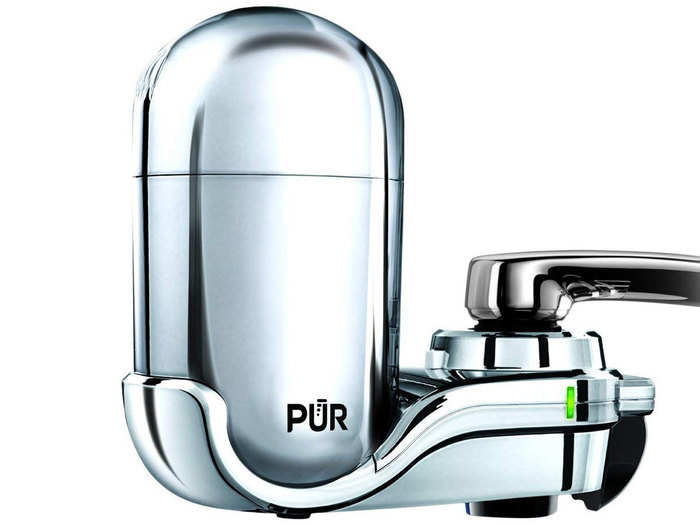
A faucet-mounted filtration system is probably the easiest, most affordable solution for those looking to improve the taste of their water. Mercury, lead, chlorine, and some 60-odd other contaminants are removed using a PŪR water filter.
What PŪR doesn't pull out is fluoride, and it probably won't rid your water of any heavy sulfur smells either. Still, this is a quick and easy solution to bad-tasting or chlorine-rich water (some municipalities add a great deal of chlorine to tap water), and it doesn't take up any counter or kitchen space.
Glass-bottled water
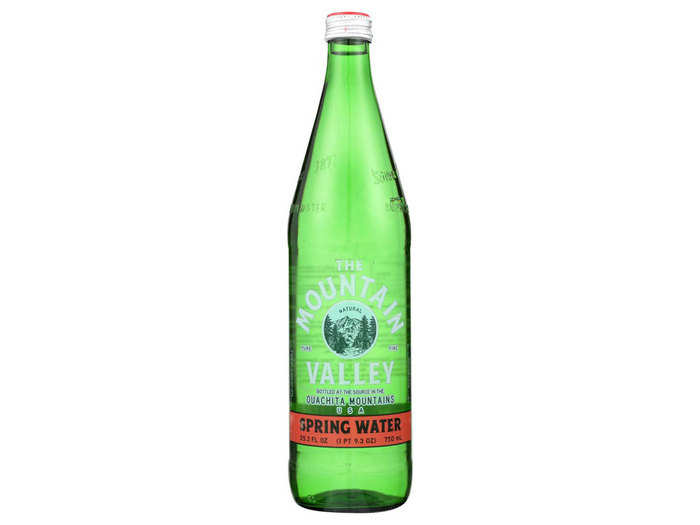
Arkansas has been dishing up The Mountain Valley since 1871. No, this is neither the cheap nor the best solution. But, whether you're just renting your apartment and can't install a plumbed-in fitting or you don't have space for a countertop system, this is probably your most responsible solution to fluoride- and mostly plastic-free drinking water (save for the little plastic seal — yes, we can't help but roll our eyes at this either).
A portable purifier and filter for camping

When your camping or on the move in some respect, a case or jug of water isn't always the most convenient thing in the first place. So long as you have some form of what looks like vaguely drinkable water nearby, this is the choice that will stave off both bacteria and viruses.
Sawyer makes a funky rubber bottle, which you massage untreated water through three charcoal filters before you squeeze it through a purification filter, supposedly good for somewhere around 400 uses. Just be sure to follow the package instructions, or you'll encounter a very strange, bitter, metallic sort of taste.
The Sawyer S3 Purifier is by no means easy to use, but I've not found one under $300 that is. Making water drinkable is a chore. In order to produce 20 ounces of potable water, you have to massage the bottle for at least 10 seconds so all the water passes through the charcoal filters before squeezing it through the purifier. But, we find it's a lot more portable and manageable than pumps and tubes.
A reverse-osmosis purification system for chemical-free H2O
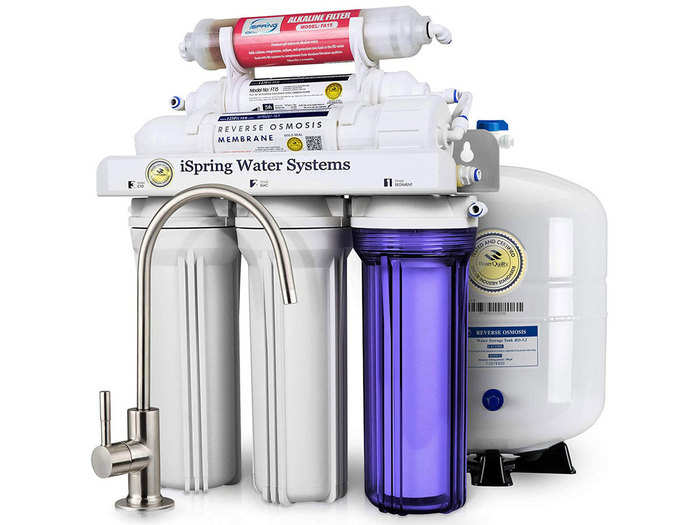
The EWG recommends only buying water filtration products approved by the National Sanitation Foundation (NSF). We'd go for iSpring, especially because it performs a remineralization process so that all of the helpful minerals pulled out during the five-stage reverse-osmosis are replaced.
The iSpring is easily the most popular reverse-osmosis system on Amazon with over 1,500 reviews (86% of reviewers left 5-star reviews). Plus, at just over $200, it won't take too long before you begin to realize how much you're saving by not buying bottled water.
The only downside of this and other reverse-osmosis systems is that you're left dumping about two gallons of unused water down the drain for each one that you collect. Still, according to Dr. Andrews and the EWG, fluoride free is probably the way to be.
A water filter pitcher to make your water taste better
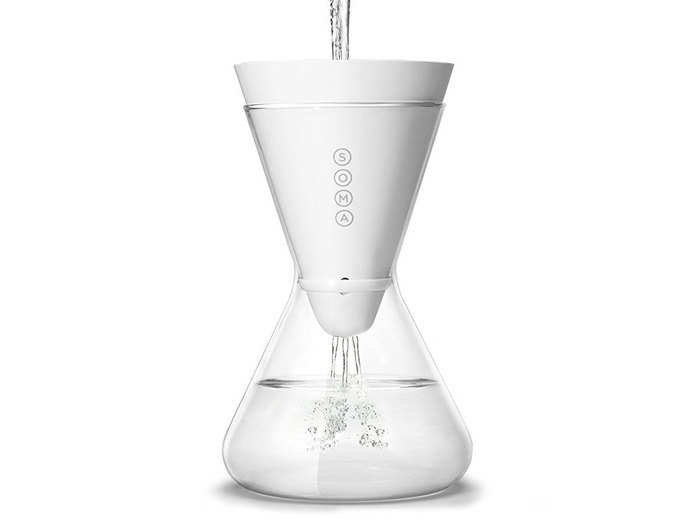
Granted, the things that charcoal water filters like this Soma filter out are mostly just bad tastes, we've all been somewhere where the reason we didn't want to drink the tap water was simply just that. If you live somewhere where there's a little too much chlorine or zinc, a filtration system like this Soma ought to do the trick, short of sulfur (which can require more specific, often more expensive solutions).
Why do we like Soma over the countless other water filter pitchers? For one, the brand uses 65% renewable, plant-based materials, including the filter, made from coconut charcoal, and its casing.
Like other carbon filters, the Soma has its limitations. It mostly removes things like copper, cadmium, mercury, chlorine, and zinc. So, again, if you're trying to filter fluoride-rich tap water, you're probably going to have to dish out a little more dough, but if it's taste and a little extra peace of mind you're after, Soma is the way to go. Oh, and did I mention how great it looks on the dining room table?
A soda maker
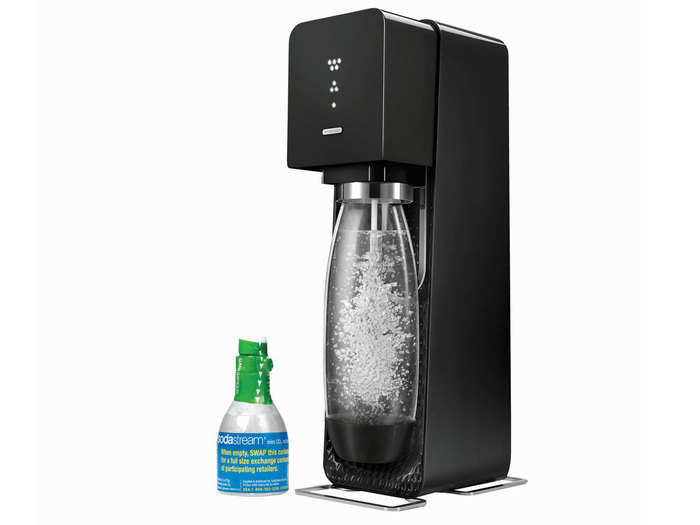
Did you know you could make soda at home? It used to be a lot more common than you might think. What's great is that it's only gotten easier, and this specific model can be fitted (using an adapter) to a very large canister of CO2, meaning you won't have to recycle and refill them as often. I have a similar soda maker that I was gifted at least 15 years ago, and it hasn't been used since. Why? I can never remember to buy or order CO2 cartridges. Read our full buying guide to soda makers here.
A soda siphon for your bar top
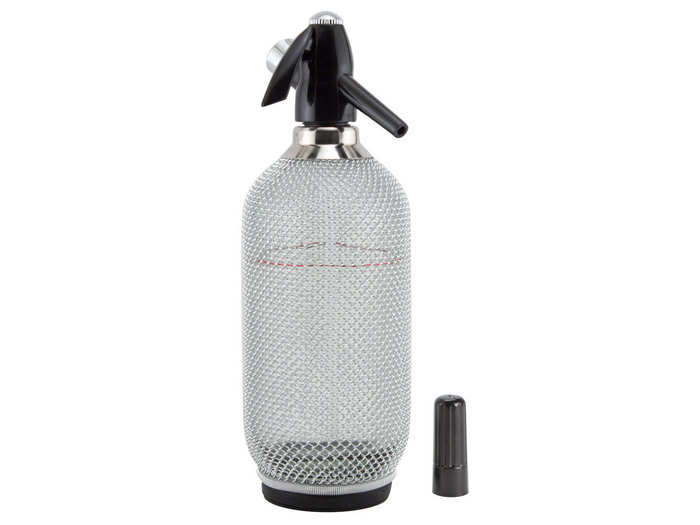
Are you going through a little too much soda during your cocktail parties? Or maybe you just want to spruce up your bar cart a little more? A soda siphon will add an air of a 1920's parlor and save you a bit of money.
It takes a little more finesse than techier options, but class often does.
Pro tip: A soda siphon can also be a lot more fun to use, especially when it comes time to hose down any guests that might misbehave as the evening gets on.
Canned seltzer, if you must
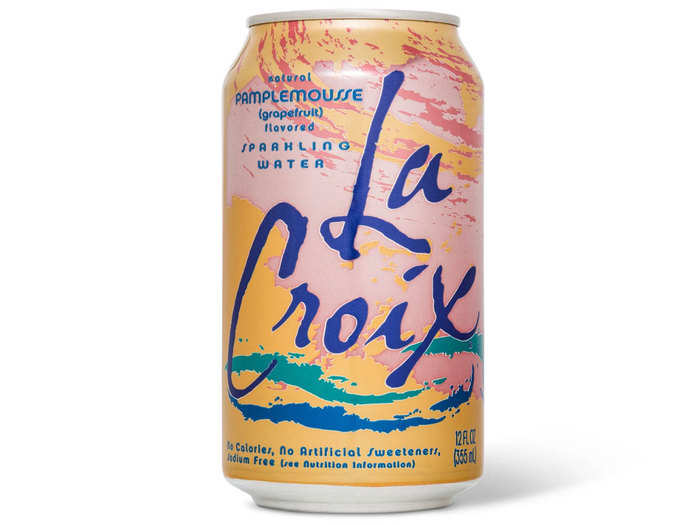
And last but not least: Yes, we hear all you La Croix people. The fact of the matter is, you're almost perfect just the way you are — that is unless you're buying your carbonated water in plastic bottles. And no, I will not provide a link to buy them. But as you were, my bubble-loving brethren and sistren.
A solution to sulfur
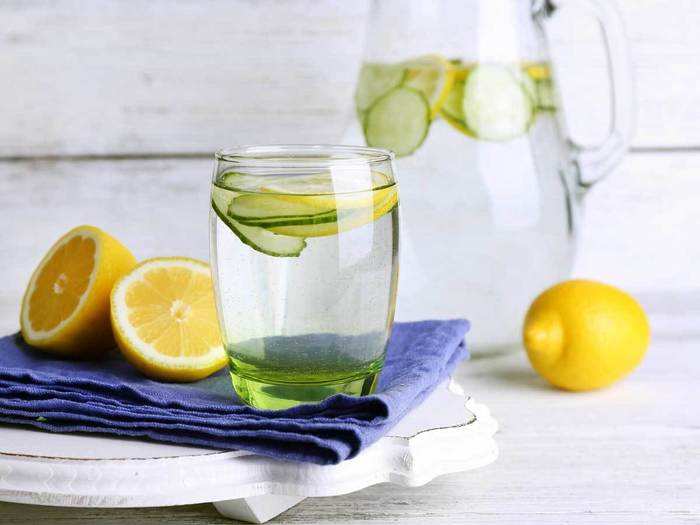
If you have sulfur-rich water (say, from well water), things could get expensive fast. The quick answer is to shock your well with bleach, but the best thing is to hire a professional to assess your system. Note: They'll probably tell you that you need something along these lines. Yes, I told you this could get pricey.
The other option is to boil your water before drinking, which can be a pain in other ways, but it does help to diffuse the rotten egg smell that hydrogen sulfide (H2S) emits. Another method that's worked for me is to fill a pitcher, and, as long as your kitchen is clean and relatively sterile, leave it out for several hours. As the water oxidizes, I've found that the sulfur smell almost entirely vacates with it. A little lemon, and/or cucumber can help some, too.
Popular Right Now
Popular Keywords
Advertisement